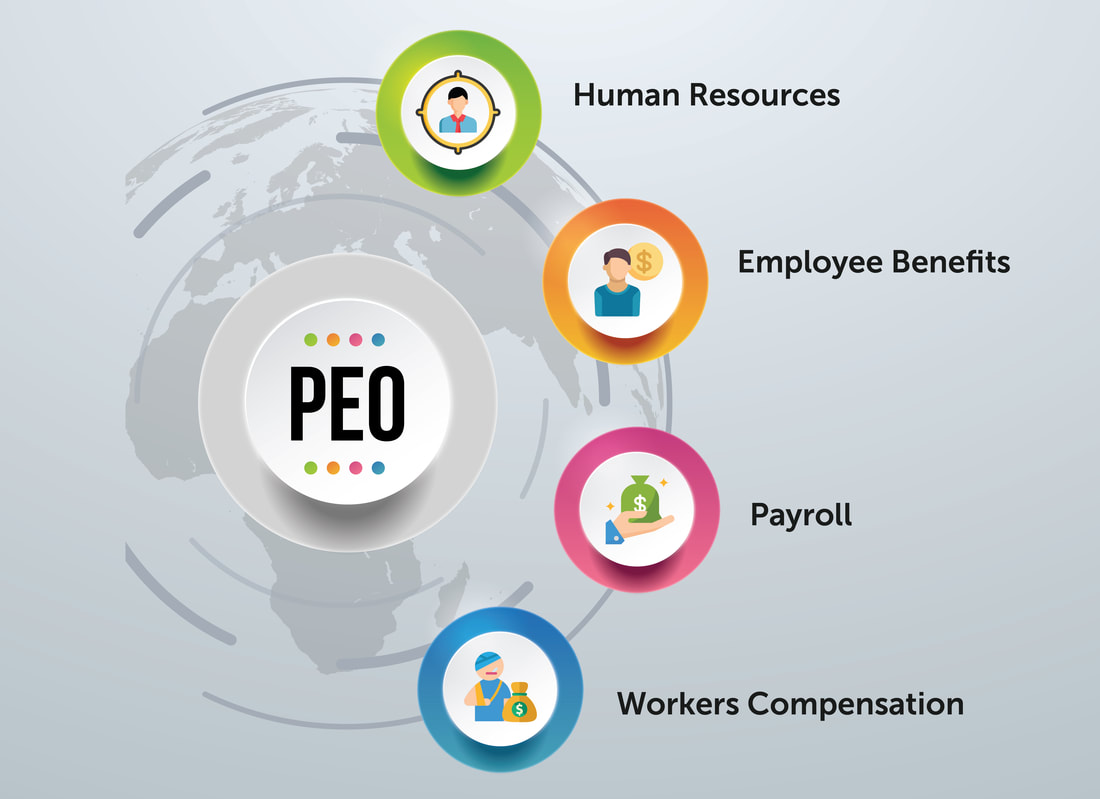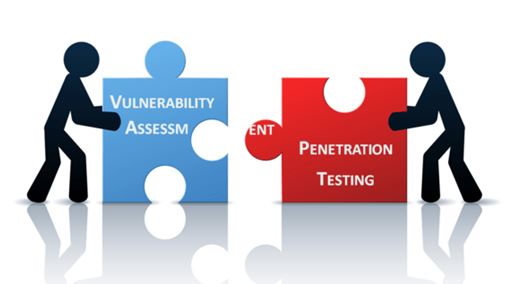The Payment Card Industry Data Security Standard

Introduction
Digital payment & economy is growing at an astounding pace across the globe irrespective of the continents. In the preceding year, the global transaction value was US$3859 Billion (source: Statistica).
With such volumes rising year after year, Fintech organizations face a lot of challenges in placing the appropriate checks and balance to ensure that the digital payment ecosystem is secure and uncompromised.
The threats are never ending, and organizations need to comply with payment standards & regulatory obligations. Fintech related risks needs to be clearly identified, prioritized and tracked with appropriate mitigation & contingency plans
Organizations today wants to move to a defined security approach, but are not able to do due to various reasons. One of the most preferred and successful method is to perform a Fintech related risk-based assessment. This would help the organization in reducing their risks, thereby increasing the security maturity and business values.
There are many security standards & frameworks available and organizations can decide on choosing a particular method based on the domain / area of business.
What is PCI-DSS?
PCI – DSS – Payment Card Industry Data Security Standards is a regulation which is mandated for the Fintech Industry. It applies to all organization which stores, process and/or transmit cardholder information.
PCI Security council was established by the major brands Viz.
Visa, MasterCard Amex, Discover & JCB.
Who requires PCI-DSS to be implemented?
The PCI Data Security Standards is applicable for organizations which accepts or process card payments. The standard emphasises on building a robust network, protecting cardholder sensitive information’s, implementing strong access related controls and continuous monitoring and testing of the network.













































































